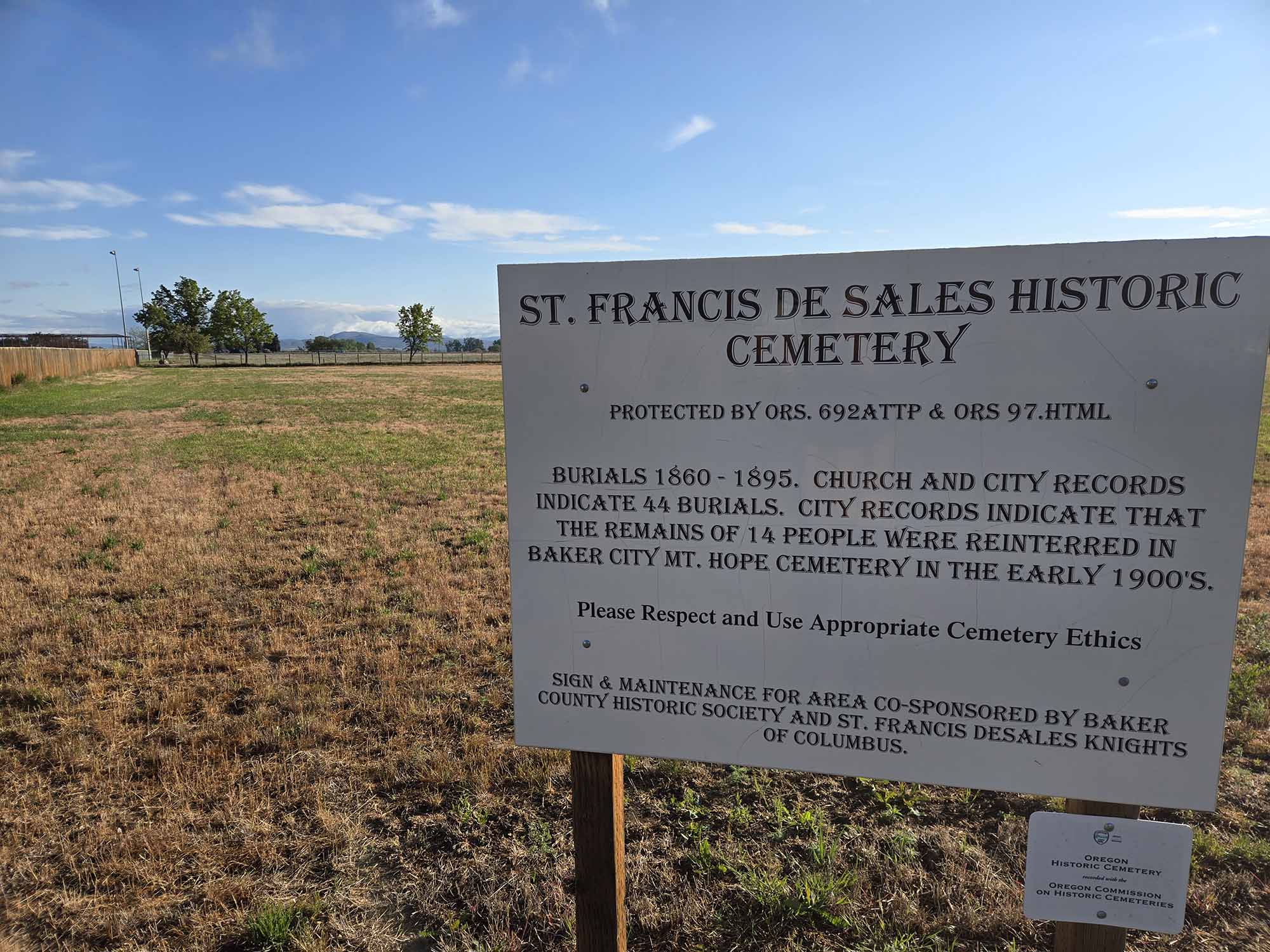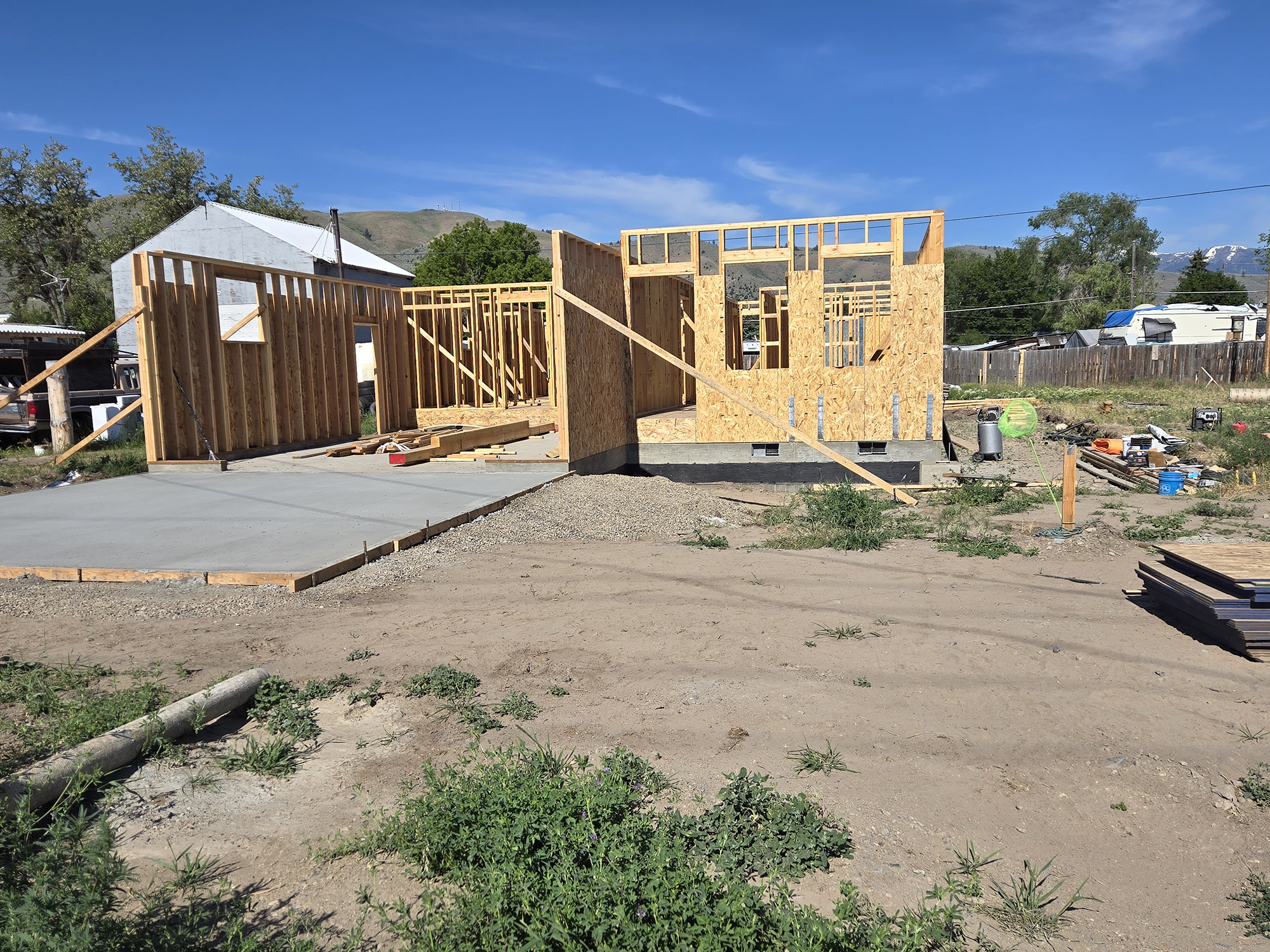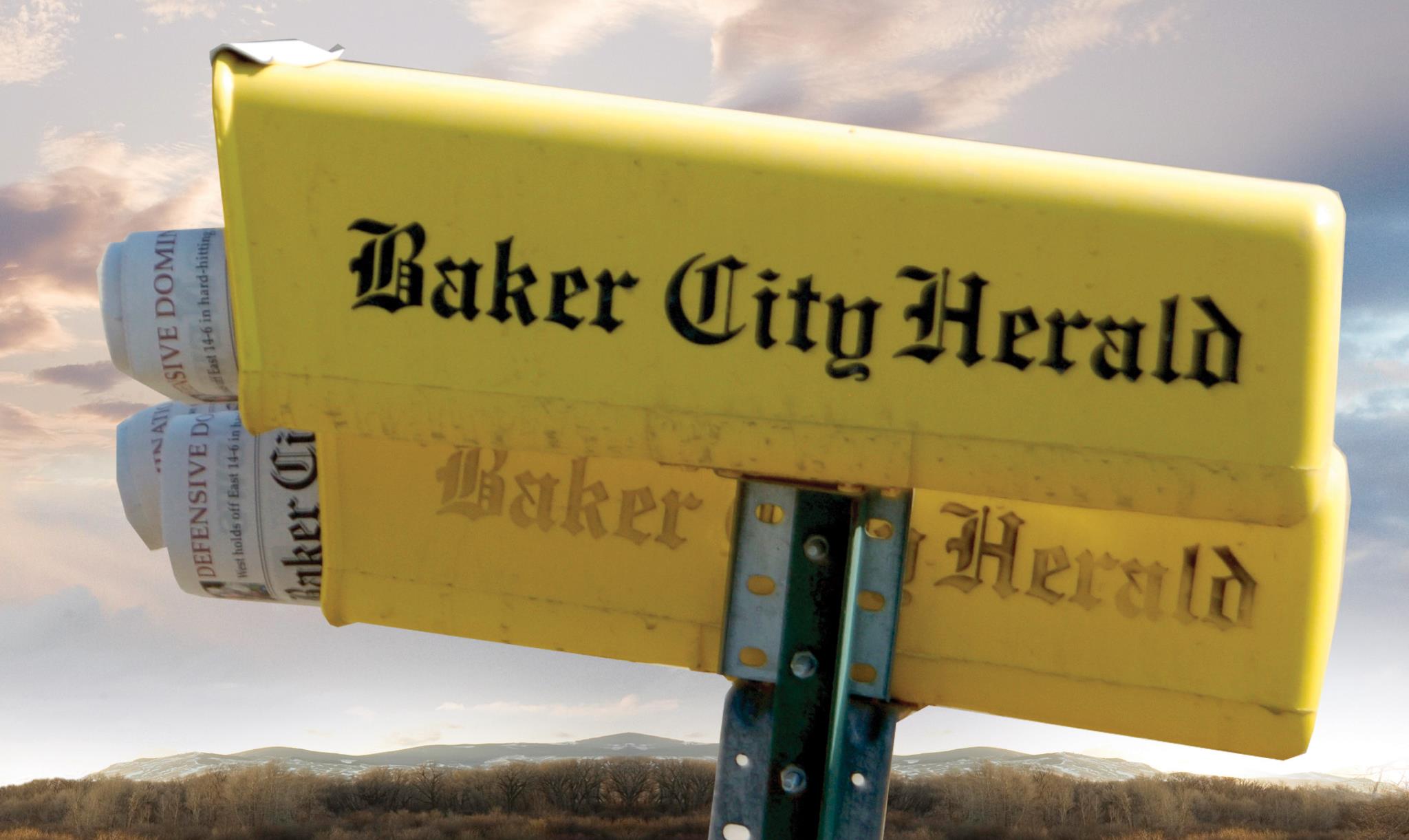To the west, even wilderness areas are crowded
Published 1:15 pm Friday, June 23, 2017
There walk among us liars whose abilities, however much they might at times annoy me, also leave me rather in awe at the sheer scale of their skills.
Trending
But none of these human prevaricators can compete with statistics.
The reason is that statistics don’t actually have to lie to mislead us.
Statistics, rather like ethics, are flexible. So much so that statistics cannot so much distort reality as occasionally reverse it.
Trending
Consider, for instance, this indisputable fact: Among the 50 states, only 11 have a lower population density than Oregon.
Which suggests that while you are in Oregon you might expect to travel for a considerable distance without having another person bump your elbow and spill scalding hot coffee all over your lap, resulting in a trip to the emergency room and, possibly, skin grafts.
The trouble is that in Oregon, as in most states, the vast majority of the people live in cities, which constitute a minuscule percentage of the land area.
This means that the population density statistic, which is arrived at by dividing the state’s population by its acreage, often doesn’t accurately reflect the state at all.
The situation is particularly vexing in Oregon, where the population is concentrated not just in urban areas, but in the one-third or so of the state which lies west of the Cascade Mountains.
East of the Cascades there are exceedingly few places where you are likely to feel agoraphobic, if you are prone to that malady.
But Western Oregon is quite a different environment.
I was reminded of the state’s vast discrepancy, as regards the presence of people, while on foot in a place that is supposed to epitomize the concepts of remoteness and solitude.
A federal wilderness area.
The 1964 Wilderness Act, the federal law by which Congress designates such areas, emphasizes the point by describing wilderness as a place “untrammeled by man, where man himself is a visitor who does not remain.”
The Act says nothing, however, about five men and a couple of women and three dogs and four horses.
But my wife, Lisa, our daughter, Olivia, and I saw that menagerie in the first five minutes of our brief hike in the Mount Jefferson Wilderness last Sunday.
During our one-hour, out-and-back stroll, which covered a little over a mile of the Pacific Crest National Scenic Trail, we came across about two dozen hikers, six horses, and enough dogs to fill a moderately sized boarding kennel.
This tally, as Lisa and I remarked to each other, is pretty close to what we encounter over an entire summer’s worth of hiking in the Elkhorns and the Wallowas, where we might cover close to 100 miles over several trips.
Our experience on the Pacific Crest Trail was not, to be sure, representative of the general state of things in wilderness areas in the Cascades.
The PCT, as hikers generally refer to it, is the most famous footpath in the West. The 2,600-mile route runs from the Mexican border to the Canadian.
(And also, it happens, from the Canadian to the Mexican, depending on your perspective.)
And there are few places in Oregon where it’s easier to step onto the PCT than where we started, at Santiam Pass on Highway 20.
This is one of a handful of paved highways that crosses the Cascades, and it’s the nearest and thus most convenient route for more than a million Oregonians. I was hardly shocked, then, that a dozen or so cars were parked at the PCT trailhead on the cloud-free and mild June morning we were there. It was a day when the summits of Mount Washington and Three-Fingered Jack and two of the Three Sisters, all still heavily mantled with snow, jutted with such preternatural clarity against the blue backdrop that they seemed as much hallucination as reality, caricatures rather than actual volcanoes.
The Cascades, though, span the whole of Oregon, the PCT alone running for more than 400 miles in the state. This great expanse leaves plenty of places, and trails, where you’re about as likely to see a deer as a person.
But neither is the PCT north of Santiam Pass unique. There are several lakes in Mount Jefferson and Three Sisters Wilderness areas, to name just two, that are so popular with visitors that the Forest Service has had to restrict the number of campers.
The only spot in Northeastern Oregon which compares, so far as I’ve seen, is the Lake Basin in the Eagle Cap Wilderness. But even that comparison is somewhat superficial. The Lake Basin is a microcosm of Oregon, the Portland, as it were, of the Eagle Cap — a tiny island of humanity amid Oregon’s biggest wilderness area. The Eagle Cap sprawls over 365,000 acres. The Mount Jefferson Wilderness, of goodly size by Cascades standards, covers just 109,000 acres.
I don’t mean to imply that the relatively crowded nature of the PCT marred, much less ruined, our hike. All the hikers we met were friendly, and there is a pleasant sense of companionship in sharing such grand scenery with others.
Yet the experience was jarring just the same — the wilderness equivalent of driving for several hours on the sparsely traveled highways of Eastern Oregon and then suddenly reaching the stop-and-go traffic on the outskirts of Portland or Bend or Salem.
We hiked the PCT after spending the previous 2fi days in the Willamette Valley. The trip reminded me that the sheer number of cars, and people, even in cities of modest proportions such as Corvallis and Albany, puts into proper perspective what amounts to a rush hour in Baker City, where I might have to wait for a traffic signal to go through two cycles before I can get through the intersection.
I imagine I would adjust quickly to the crowded westside roads. Anyway the repetition would dull my annoyance at devoting an hour to accomplish a simple task at a destination not terribly distant.
But in short doses, which is all my travel schedule generally allows, I haven’t the time to inoculate myself against the melee, and my frustration, which is a sort of infection, spreads with considerable virulence.
I find that I crave the tranquil silence of some sanctuary, where I don’t have to crane my neck to see if the right lane is empty or floor the throttle to try to make the next light.
Except there’s always another light.
Jayson Jacoby is editor of the Baker City Herald.








